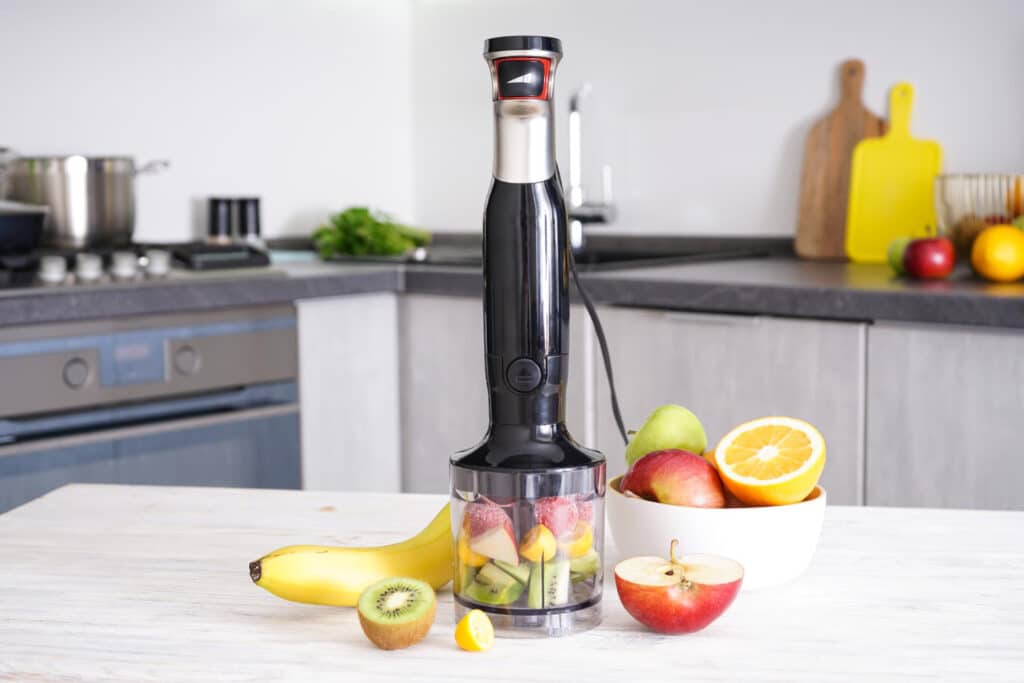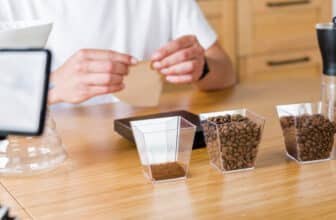
Struggling to pick the right blender? Our comprehensive guide reveals insider secrets, top features to look for, and budget-friendly options. Choose wisely!
Why Picking the Right Blender Matters?
An extraordinary blender can do surprises in your kitchen, cooking and help you circumvent multiple headaches the next time you decide about a smoothie or cooking. Making an extraordinary morning fruit drink at home and blending up your own soups or sauces, in this post we show you how to choose a blender suited to those increasingly excellent needs. Pronouncing the perfect blender among a thousand of options out there can be overwhelming.
In this blog we will give you our expert guidance to perfectly choose your blender for your modern kitchen and dining area. So you have to take the time to know your different blender types and what is on offer. If you want a high-quality blender that will add something special to your culinary adventures.
We passionately find out the finest kitchen products, so you can simply enjoy the best without any hassle. We passionately find out the best kitchen products, culinary practices and kitchen decors so that you can take pleasure in using them without any hassle. This blog will take around 6 minutes to read the whole content, so we request that you read the full content. We have also added a table of contents so you can navigate the different portions of this content easily.
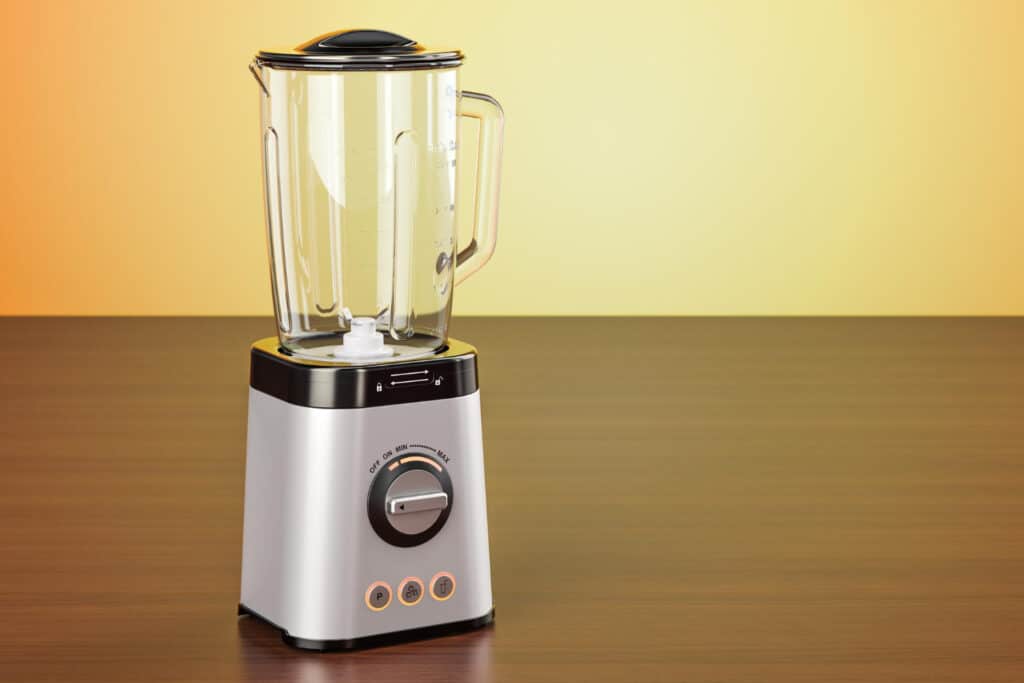
Understanding Your Blending Needs
How to Know What You Blend and That Some of it Requires Blending. What made it simpler is that before going into the details of many choices, I asked myself what I would do with the blender. Depending on which of these main blending concerns you have, that will really sort some things out for the particular model to evaluate.
So before we crack down all of the options it is very important to know what you will use your blender for. It will honestly help to know what you do the most, so that it can limit things down.
Daily Uses Versus Specialty Needs
Smoothies and Shakes when looking for best blenders to make healthy smoothie or protein shakes, you should look at purchasing with a good motor base and blade design.
Soups and Sauces: Need to puree a soup or sauce? An immersion blender will do the trick and you can even use it right in the pot! For larger batch sizes, you can use a bigger countertop model.
Nuts Ice and Frozen Foods: If you will frequently be blending hard items such as ice or nuts the blade mechanism and body of your blender need to handle that without breaking.
Types of Blenders
A blender may come in various shapes and designs also with color. Each type of blender is perfect for dedicated work. From that, how to choose a bender is crucial for your kitchen and your daily life cooking. Let’s find out some of the common types of blender that you can easily find at any local store.
Countertop Blenders
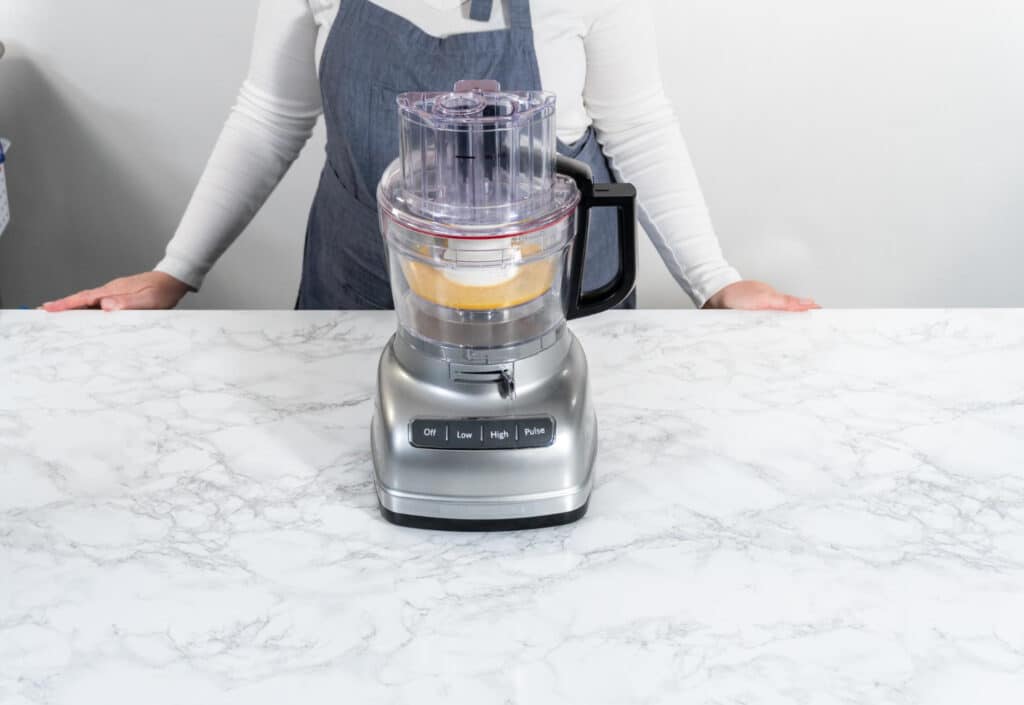
Countertop blenders are probably what most people think of. They have a blending jar on a motor base & can do many different things.
Pros: It is versatile, powerful Motor, and often comes with multiple speed settings with strong blades.
Cons: It can take up lots of counter top space and might be tricky to clean.
Immersion Blenders
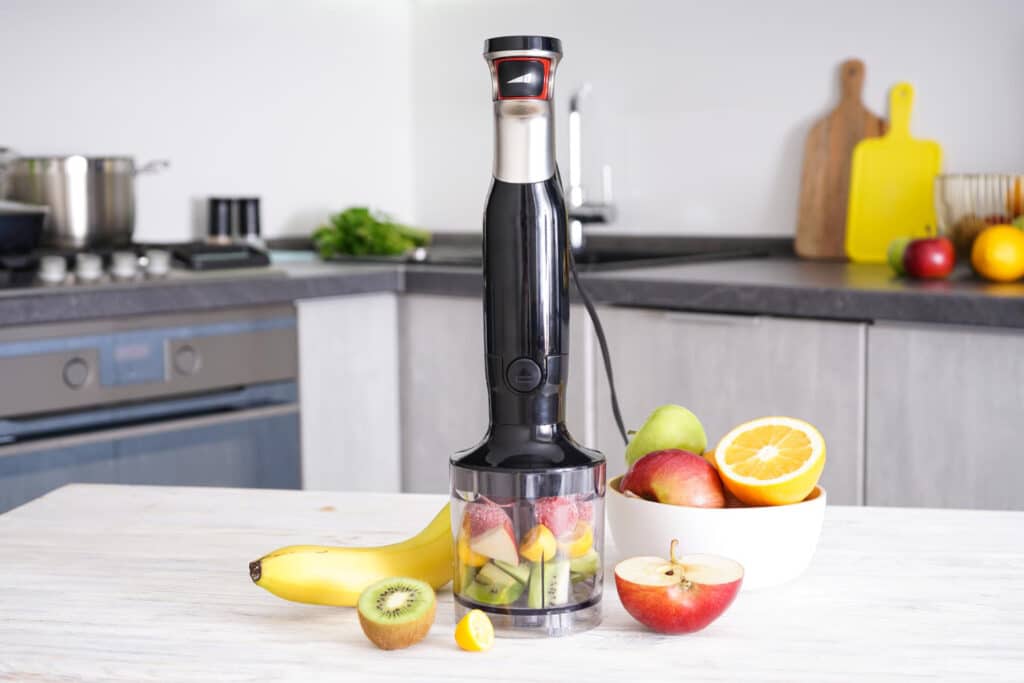
These handheld stick blenders let you blend right in bowls, pots, or jars.
Pros: It is more compact, easy to store and clean and it is great for quick tasks at your kitchen when you are in a hurry.
Cons: It doesn’t pack as much power as countertop blenders, that is not ideal for big blending jobs for your cooking habits.
Personal Blenders
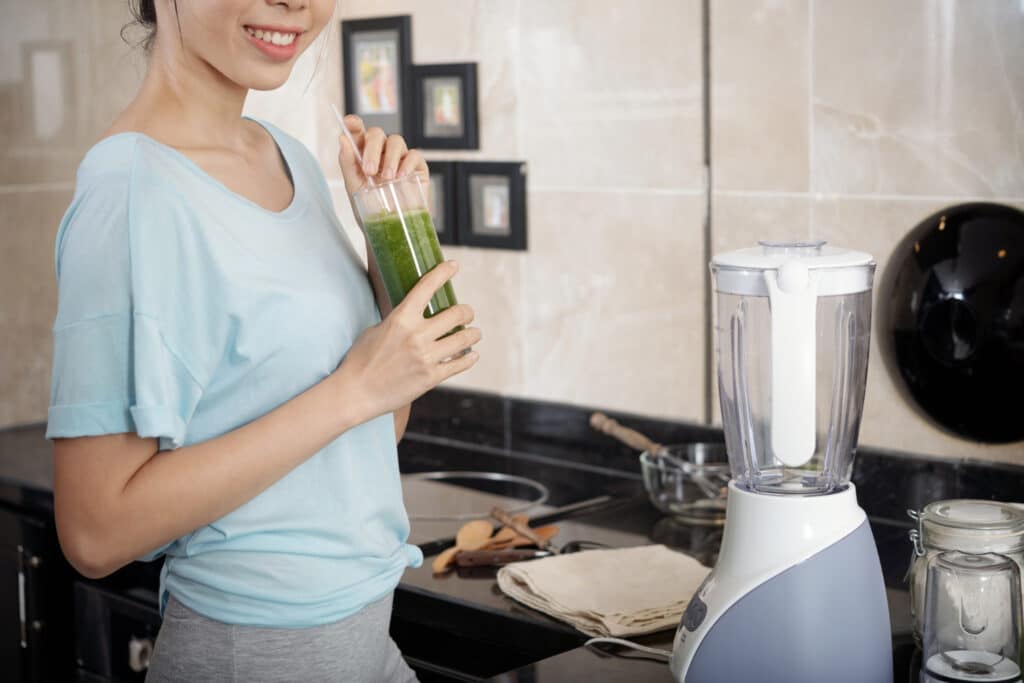
This little blender is usually made for single servings and perfect for travel-friendly smoothies or any types of fruit juice or milkshake.
Pros: It is very convenient Very light to portable and a breeze to clean.
Cons: This Blender is less capacity and it is normally not as powerful and strong as bigger ones.
Motor Power and Jar Capacity
One big thing when choosing a blender is its motor power & jar capacity.
Motor Power
You measure motor power in watts. This tells you how powerful the blender is:
Jar Capacity
Blender jars come in all sizes, mostly from 20 ounces to over 64 ounces. Consider how much you usually make in a day.
Features to Consider
Not all blenders are the same. Elevating and checking out some unique features that can make your life easier and save your time in the kitchen while cooking or making something.
Speed Settings & Pulse Function
More speed settings give you better control over how to perfectly blend your mixture. A pulse function is very supportive if you’re making chunky dips or textures like this.
Blade Quality
Stainless steel blades last longer and work better from any other materials for different tasks. Some blenders even have removable blades that enable you for easier cleaning.
Materials and Design
Look for blenders with BPA-free plastic containers since they are safe and durable for use in your kitchen. Where glass containers are sturdy too but may be heavier and hard to maintain. Your blender should fit your habits and needs, not just for looking good in your kitchen.
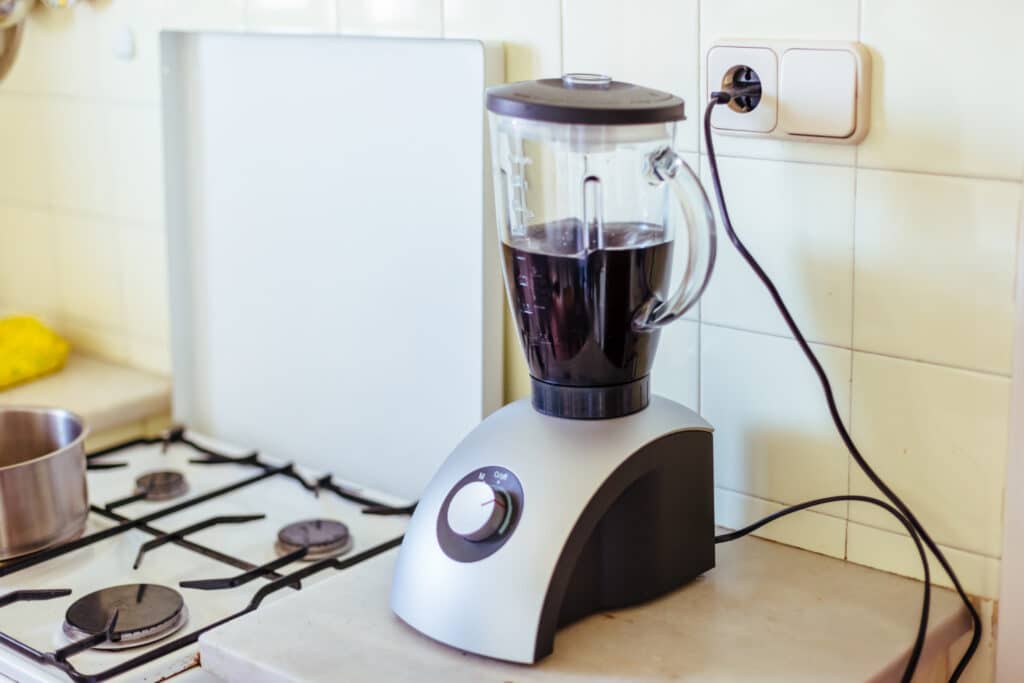
Price Range and Brand Reputation
Setting a budget really helps you to narrow down your decision on what’s available. A blender may cost you approximately from $25 to over $599. It is better to invest a good amount in a reputable worthy brand with positive customer reviews and energy efficiency models.
Budget-Friendly (Under $49): Works for basic tasks but might not last long.
Mid-Range ($50 – $149): Better quality with more features great for home cooks.
High-End ($150 and above): Lots of premium features & durability—good choice if you’ll use it often.
Lifestyle Consideration
Consider your way of life too. Are you a busy person who inevitably needs quick morning smoothies or are you a household chef who loves to cook various recipes? Choosing a blender that fits nicely into your kitchen and your dining matters a lot.
Making Your Decision to Purchase
Now that you know what to look for in a blender and how to choose a blender, Our expert making a quick checklist might help you before buying. Here’s the easy and simple list:
Final Consideration
In brief, how to choose a blender entails understanding all types of blenders available and considering key features like power, capacity and ease of cleaning also matching with your needs to your budget. Choosing a blender doesn’t have to feel stressful. By figuring out what blends fit your needs and knowing about different types of blenders plus important features you can make an informed choice.
With the right blender at home you are ready to create so many tasty dishes at home at any time by the helping hand of a perfect blender. Ready to find your perfect blender? Take some time to see what you need and start checking out options available in your region.
